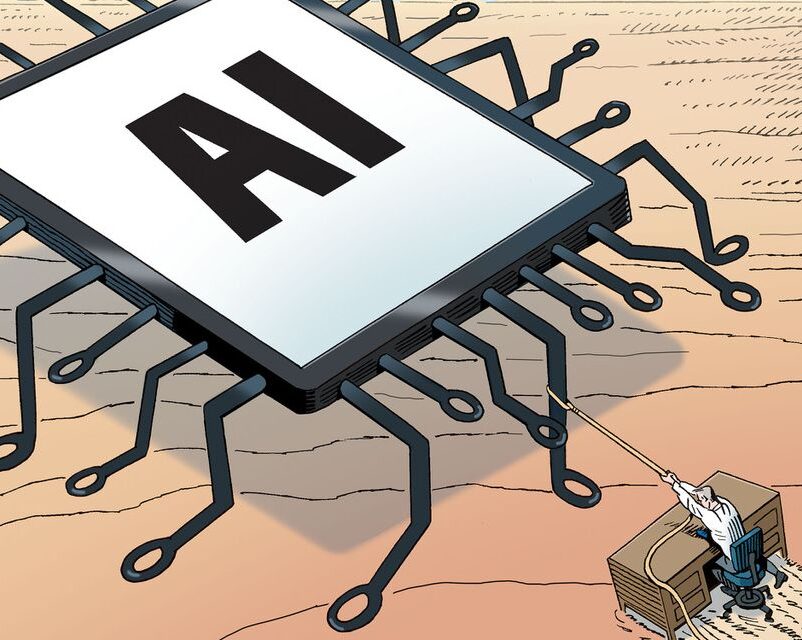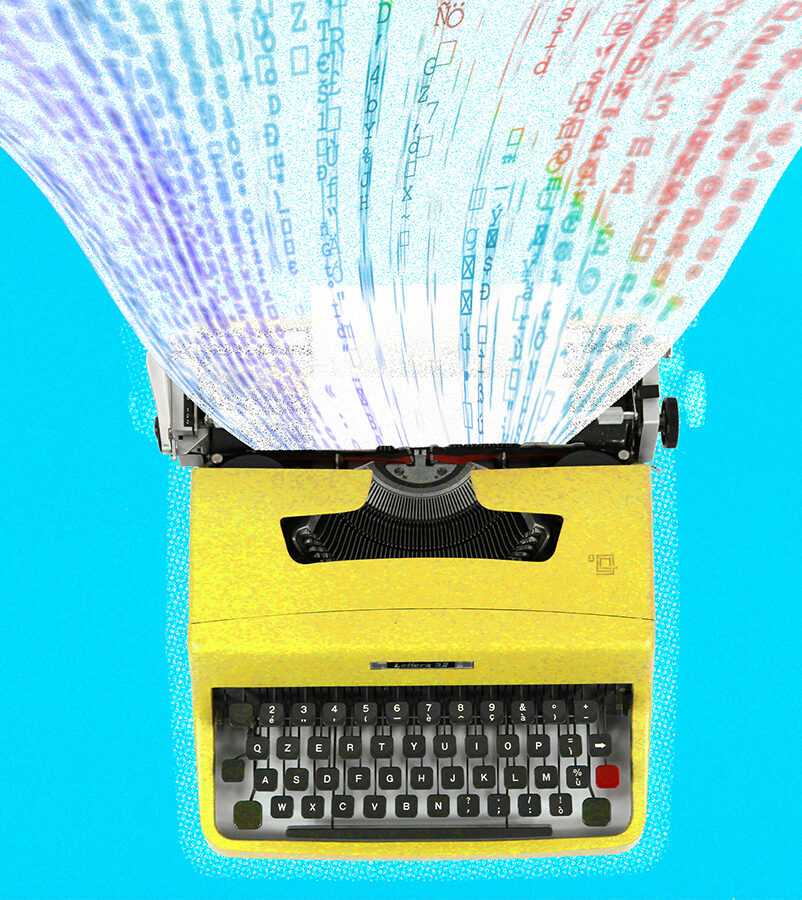
If 2023 was the year artificial intelligence got loose in the wild, 2024 will be the year policy makers try to contain it. For anyone who witnessed the technology debates of the past several decades, the signs are clear. The white papers from executive agencies are piling up, the pace of congressional hearings is accelerating, the think-tank experts are convening with one another, the Europeans are overreaching, and talk is turning to the shiniest object of all: a new regulatory agency.
Establishing frameworks for AI policy is important. But as so often happens in such moments, the exact subject of concern is hazy. The experts are too deep in the weeds, while policy makers seem lost in abstractions. Their confusion is excusable. AI has always been an amorphous concept—a way of describing what computer science can’t quite do yet. The technology entrepreneur Jim Manzi tells of taking a course on artificial intelligence at the Massachusetts Institute of Technology in the 1980s, which the instructor began with a slide that read, “If it works, it’s not AI.”
Copyright ©2023 Dow Jones & Company, Inc. All Rights Reserved. 87990cbe856818d5eddac44c7b1cdeb8


